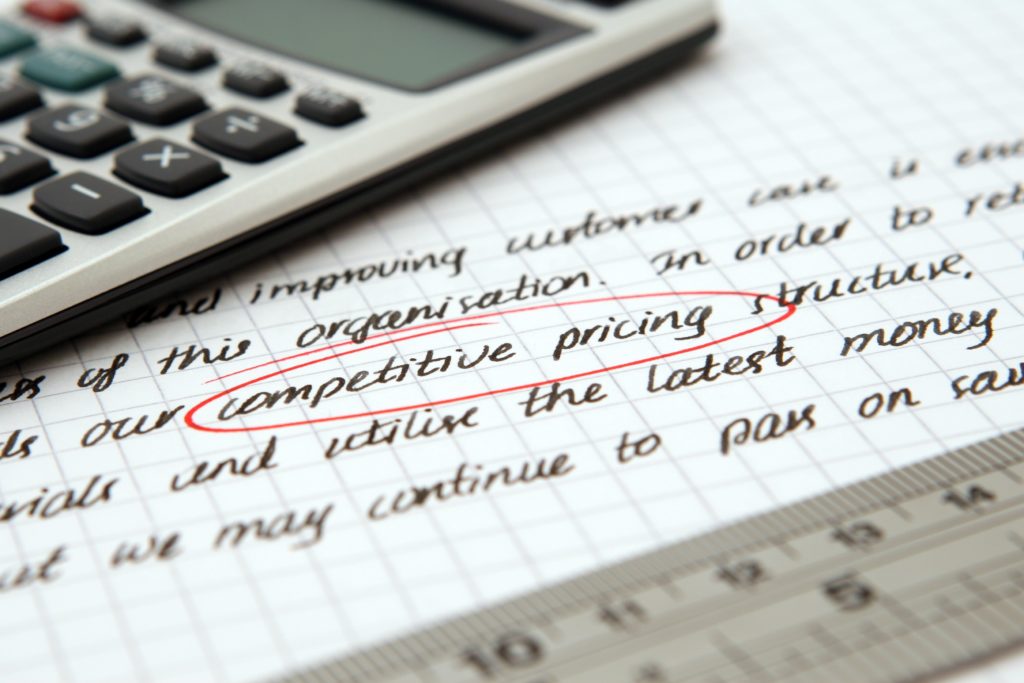Product design doesn’t happen in a vacuum. Every project begins with a set of requirements, which in turn set the boundaries of what’s possible. The process of working within design constraints may seem limiting, but the truth is, constraints don’t limit creativity. Rather, they create the foundation for it. This concept is illustrated with some wonderful examples in the following Ted-Ed video, “The Power of Creative Constraints,” by Brandon Rodriguez.
7 types of design constraints in digital product development

Working within design constraints is part of every product development business. When scoping a project, it’s important to establish the parameters of the project, assessing, to paraphrase IDEO’s Tim Brown, what makes the project desirable, viable, and feasible. This determination is made by asking probing questions and learning about the expectations of our clients and stakeholders.
When establishing a project scope, we consider several types of design constraints. By getting a complete picture of the requirements and establishing what’s achievable, we know how to delight our client while completing the project on budget and on time.
Here are 7 types of design constraints that come into play when starting a new project:
Budget

A tight budget may seem like a hindrance, but it frees us up to focus on a product’s most essential features. The result can be a lean prototype or high-fidelity UI designs. A more generous budget expands our scope to cover a full-fledged digital product, from ideation to building, shipment and release.
Time
A clear deadline helps us set milestones and plan our product sprints. A project timeline keeps our team on track and enables us to focus on designing and building features with consistency, regularity, and speed.
The best deadlines are the ones that are known and accounted for from day one. We love working on a tight timeline, as it pushes us to iterate faster and deliver products at scale.
Technical
When scoping a new project, we assess the technical requirements, first. After creating a list of the needed features and capabilities, we ask questions like the following:
What device(s) are we designing for? Are there specific performance requirements? Are we working with limitations in the area of data management and can we create the necessary architecture?
We base our choice of coding language on the required features, so it’s important to know all of our client’s needs right from the get-go.
Creative

When it comes to visual and content design, we need to consider requirements around branding, colors schemes, typography, and brand voice.
Some of the questions we ask include the following: Are we working with a designated color palette? Does the client require prominent branding throughout the product experience? Is there an established voice and tone guide that will inform UX writing on product screens?
In the case of a new brand, we may be doing a lot of original design work, which can introduce some fun and creativity into the process. On the other hand, with an established brand we get to work with a brand style guide. This gives us clear guidance for style and formatting, and can save us a lot of time.
Business

Business constraints are one of the most important areas we need to be concerned with. We work closely with our clients to understand their top-level goals and ensure our products can deliver.
We’ll ask questions related to the competitive landscape, product-market fit, plus the unique selling position (USP), or what differentiates this product from others.
We’ll also need to know if there’s a monetization plan, and associated product requirements. If the project stakeholders have clearly established business goals, we should know about those, too.
The more information the better, as a keen understanding of the business picture helps us create a strong product strategy.
User Requirements

Users determine if a product lives or dies. If a product doesn’t suit their requirements, it’s bound to fail. Resultantly, we’re well-served to learn as much as possible about their needs and expectations.
For a larger project with an existing user community, we conduct user research to establish any special needs or common habits. Are they young people with a limited budget and attention span? Are they seniors with physical limitations? Are we building for a niche community with particular tastes or job requirements? Targeting user needs helps ensure a product is embraced, adopted, and ultimately shared.
Client Feedback
Our agile development process allows for frequent client feedback. This ensures our work is aligned with client expectations, and enables us to pivot quickly if there are unexpected changes. Sharing our work and getting feedback is integral to keeping our project on track throughout the product development process.

In Summary: The 7 Types of Design Constraints That Lead to Success
While the scoping process can take time, it’s necessary to establish a project’s viability, and articulate our success factors. By asking qualified questions, we learn about the budget, timeline, technical requirements, creative guidelines, business goals, and user requirements.
These types of design constraints inform our creative and technical approach to product development, while ensuring that our design solutions are grounded in reality and set up for success. This is how creativity and innovation are built on a foundation of clearly articulated constraints.
LimeTech is a creative tech company with a focus on app development. We help brands grow their impact by building digital products that please customers and solve business challenges. Our work includes strategy, design, content, and tech planning. Check out our portfolio or reach out to start a conversation about your project.

![Everything is agile [updated]](https://limetech.co/storage/2021/11/yogendra-singh-0WYnzbYIRK0-unsplash-550x309.jpg)
![Nice to meet you, color! Color terminology explained. [updated]](https://limetech.co/storage/2021/09/reuben-4CCJ-NOUkB0-unsplash-1-496x330.jpg)